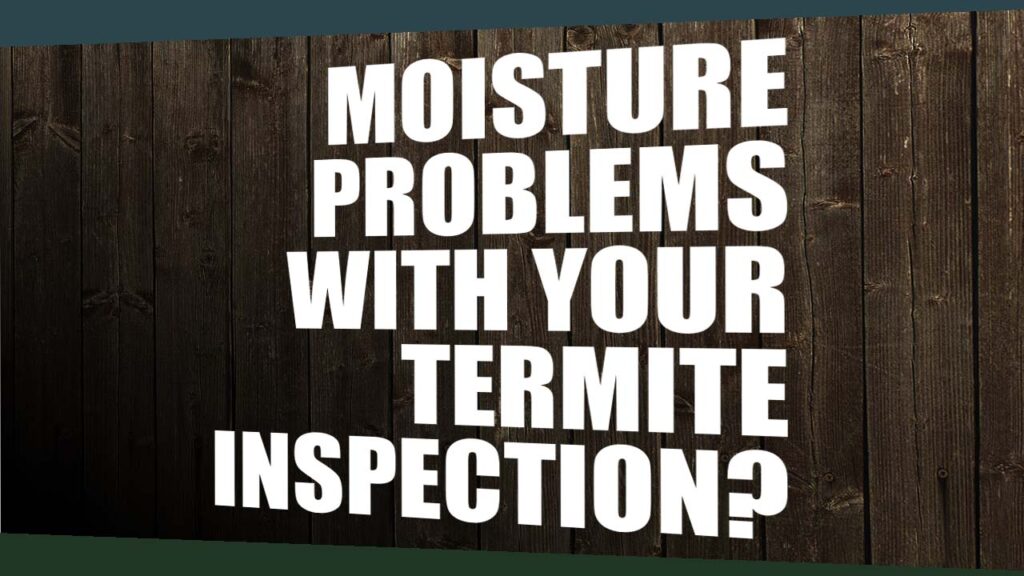Moisture Problems to Look Out for During a Termite Inspection
The absence of good moisture control in and around a home can lead to several problems. One of the most common and damaging problems homeowners face is a termite infestation. The subterranean breed of termites are usually the most detrimental to a homeowner.
These Termites need a large supply of water to survive. Inadvertently, a lot of homeowners provide them with that water.
Fortunately, you can expect your professional termite inspection to turn up an issues that might lead to termites.
An inspection involves scouring the property for past and present signs of termite activity. It can also include an assessment of potential conditions that could make a home vulnerable to a future attack. Protecting your home from termites should be a priority for you. Below are some of the most common moisture problems that lead to termite infestations.

Backed Up Gutters
Homeowners know that allowing gutters to get backed up with water is asking for trouble. Gutters can begin to pour into the spaces behind your walls, known as wall voids. This creates the perfect damp environment for termite colonies to settle. It also supplies plenty of wet wood for them to feed on.
If you’re seeing a lot of water hitting the front of your home or pooling on your driveway, you may have a backed up gutter. It’s a very common problem and, fortunately, it’s easy to fix.
The first thing to do is get up on the roof and have a look at the gutters. If they’re full of leaves, debris and other things that shouldn’t be there, then you need to remove those items from the gutters. Once that’s done, check for any holes or cracks in the gutter material and make sure that there are no holes where water could leak out. If everything looks good, then it’s time for everyone’s favorite weekend chore; cleaning out the gutters themselves
Downspouts Pointing the Wrong Way
Downspouts that don’t point away from the foundation of a house or aren’t extended out far enough can cause a problem.
Eventually the water will pool in the adjacent soil. This is a termite’s dream come true since they prefer the cool, dark surroundings of the soil. They will travel underground to find these moist spots. Once nested, they continue into your home through any cracks in the foundation.


Excessively Wet Yards
Homeowners often make the mistake of over-watering their yards. Leaving sprinklers or irrigation system running can lead to pooling water.
The effects of this may not only deeply impact your utility bill, but could make your property very attractive to hungry termites. Any untreated wood materials such as tree stumps, mulch, or decks or susceptible to termites. Is your property wet because of excessive watering? Make sure to limit termite food sources by eliminating excess moisture.
Leaky Plumbing
There are many reasons to fear leaky plumbing as a homeowner, and termites are one of them. Plumbing that is leaking into the foundation of a home help termites find easy access. Leaky plumbing issues need to be addressed right away.
Here are some ways that leaky plumbing causes pest infestation:
- Pests can get into the pipes through tiny cracks, holes and other openings in the pipes. This is especially true for cockroaches, who are experts at finding their way into small spaces.
- Water leaking from the pipes provides a source of water for insects and animals that live outside your home. They may enter your house looking for a drink.
- Leaking water can cause mold and mildew to grow in areas where there is moisture, including walls and floors. Pests are more likely to be attracted to these areas because they provide shelter and food sources for them.

Though it’s important to stay consistent with your yearly termite inspections, knowing what to look out for yourself and keeping an eye on the most likely areas of your property to become damp, wet, or humid is essential for maintaining moisture control.

